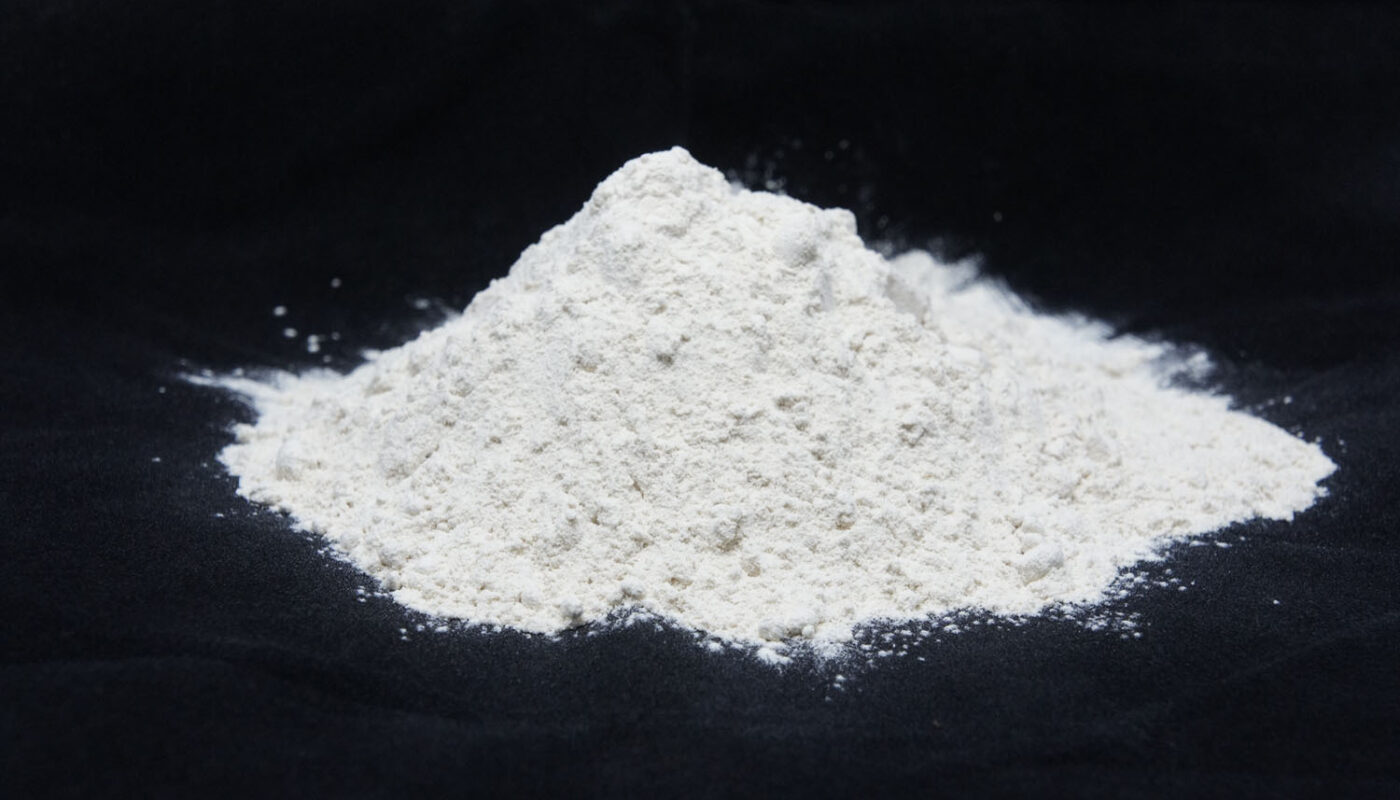What is Soda Ash?
Soda ash, also known as sodium carbonate, is an inorganic salt that has wide applications across various industries. It has the chemical formula Na2CO3 and normally occurs as a crystalline heptahydrate, with the monohydrate being the most common. Anhydrous soda ash refers to the completely dehydrated form.
Production of Natural Soda Ash
Natural soda ash is obtained by excavating and purifying the trona ore found in underground deposits. The two largest natural beds occur in the Green River Basin of Wyoming, United States and in the East Asian rift basins of the Tibetan Plateau. In the refining process, the trona ore is dissolved, purified, crystallized and dried to obtain soda ash. However, the natural deposits are limited and artificial production became more economical to meet growing global demand.
Manufacturing Process for Artificial Soda Ash
The two main methods used to artificially produce Soda Ash on an industrial scale are the Solvay process and the Hou process. Both methods begin with brine purification, typically from salt lakes or seas.
The Solvay process, discovered in 1861, is the dominant technique employed worldwide. It involves reacting brine with ammonia gas under pressure to form ammonium chloride and sodium bicarbonate precipitate. The bicarbonate is then heated to produce anhydrous soda ash and water. The ammonia gas and hydrochloric acid produced are recycled.
The Hou process, developed in China in 1960, involves reacting calcium hydroxide with carbon dioxide to form calcium carbonate and water. Sodium chloride is then added to this slurry and heated, resulting in calcination to calcium oxide, carbon dioxide and soda ash.
Glass Manufacturing
By far the largest end-use of soda ash is in the production of flat and container glass. Over 70% of manufactured soda ash is consumed in this sector. Soda ash serves to lower the melting point of silica sand, the main raw material for glass. It helps formation of sodium silicate which reduces viscosity and improves workability of molten glass. Soda ash provides critical properties like strength, clarity and chemical durability to finished glass products.
Soaps and Detergents
Around 15% of soda ash output finds applications in the soaps, detergents and cleaning compounds industry. As a alkaline builder, it helps to suspend dirt and greases and allows the surfactants in these products to penetrate and dissolve them efficiently. The alkaline properties also aid in saponification reactions during soap manufacturing. Soda ash acts as a water softener by sequestering hardness ions from tap water.
Pulp and Paper
Another major end-use segment accounting for over 5% demand is the pulp and paper industry. Soda ash is used extensively in the pulping process to extract cellulose fibers from wood. Its alkaline solution dissolves and breaks down lignin bonds holding fibers together. This allows easy separation of fibers to make paper pulp. Soda ash also enhances brightness, durability and printability characteristics of finished paper products.
Other Applications
Some other smaller applications of soda ash include:
– Chemicals Production: Manufacture of sodium silicate, sodium bicarbonate, sodium chemicals and inorganic chemicals.
– Water Treatment: As a titrant for softening hard water and removal of temporary hardness. Acts as a pH regulator and buffer.
– Textiles: Sizing of yarn and weighting of textiles during finishings. Imparts glazing effect.
– Food Processing: Used as a neutralizing agent and pH control substance. Also employed in baking powder formulations.
– Metallurgy: Addition of soda ash helps in refining of metals like aluminum through electrolytic processes.
– Construction: Enters cement and concrete formulations to control setting time and enhance strength.
With rapid industrialization and growing global population, the demand for soda ash is projected to steadily increase in the coming years across its various major application segments. While artificial production methods will dominate supply, optimization of production technologies will be critical for sustainable usage of trona reserves and other natural resources.
*Note:
1. Source: Coherent Market Insights, Public sources, Desk research
2. We have leveraged AI tools to mine information and compile it.




